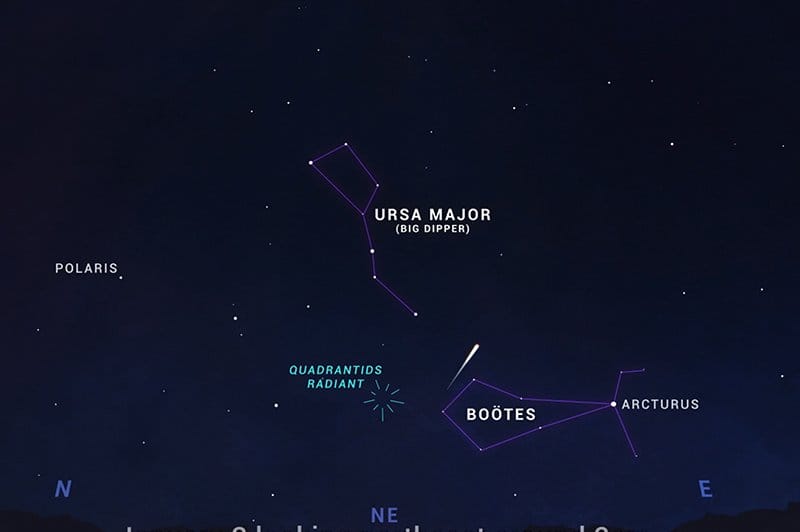Astrophysicists and astronomers worldwide are casting new attention on asteroid 2024 YR4, a recently discovered near-Earth object whose chances of colliding with Earth have seen a minor increase. First detected late last year, the asteroid’s trajectory places it at an elevated—but still unlikely—risk of impacting Earth on December 22, 2032.
Early calculations by researchers at NASA and affiliated international agencies originally estimated the asteroid’s impact probability at approximately 1.3%. Yet, following weeks of new observations and analysis, the likelihood of collision has been revised to 2.2%.
Measuring between 130 and 300 feet in diameter, asteroid 2024 YR4 falls into the category of “city-killer” asteroids—a term used for space objects that have the potential to cause significant destruction if they strike the Earth. For context, a similarly sized meteor famously caused devastation in Chelyabinsk, Russia, in 2013.
### The Discovery and Its Implications
Asteroid 2024 YR4 was first identified by a dedicated survey conducted by the Catalina Sky Survey, a collaborative effort with multiple telescopic observers. Its orbit brings it within relatively close proximity to Earth. As further data was obtained, minor inaccuracies in the original projections were corrected, leading to the slightly increased impact probability.
Astronomers emphasize that such revisions are routine when new celestial bodies are discovered. Orbital paths can only be reliably determined with comprehensive observation, which usually spans months or even years.
However, what sets 2024 YR4 apart is its trajectory. Unlike most near-Earth objects, which pass at safe distances, the asteroid’s path intersects with Earth at specific points. Astronomers are thus closely tracking its movements leading up to 2032 to refine predictions.
### Impact Potential and Preparedness
Though its chance of striking Earth remains under 3 percent, experts are considering what could happen in the unlikely event of an impact. If asteroid 2024 YR4 collides with Earth, its energy could release the equivalent force of multiple nuclear weapons. An impact in a populated area could result in injuries and widespread damage, while a strike in a remote or oceanic location could cause tsunamis or environmental change.
Scientists from the International Asteroid Warning Network (IAWN) and NASA’s Planetary Defense Coordination Office are leading efforts to prepare for such hypothetical scenarios. These might include deflection strategies, such as crashing a spacecraft into the asteroid to alter its trajectory. A similar method was successfully executed in NASA’s 2022 DART mission, which altered the orbit of another asteroid with pinpoint precision.
Dr. Marco Chesi, an astrophysicist involved in monitoring 2024 YR4, notes, “While the risk remains minimal, this asteroid is a reminder that we should never underestimate the potential threats from near-Earth objects. The ability to track and potentially deflect asteroids improves with every new discovery.”
### Mitigating Public Concern
As the asteroid garners media attention, space agencies and experts are also combating misinformation or unwarranted panic. Public messaging has been clear: The odds of an impact are still extremely low, and years of monitoring and potential mitigation stand between any projected impact date and present-day knowledge.
“We do not recommend living in fear,” advises Dr. Linda Harrow from the European Space Agency’s NEO office. “This kind of discovery reflects the advancements in our observational technology and our readiness to deal with potential space hazards.”
### The Broader Effort to Track Near-Earth Objects
Asteroid 2024 YR4 highlights the importance of Earth’s planetary defense programs and international data-sharing agreements. Thousands of near-Earth objects are discovered annually, and many follow paths astronomers can observe decades into the future.
What makes the 2024 YR4 case notable is both its closeness and its size. Even as computational models predict its course, the long time frame before its potential Earth approach underscores humanity’s growing capacity for early asteroid detection and response.
For now, scientists will await the next series of telescope observations, which aim to further clarify the asteroid’s trajectory. Depending on the new data, the probability models could shift either higher or lower.
Without precise certainty but with a proactive focus, the scientific community is offering assurances that both research and technology are prepared for the task ahead.


